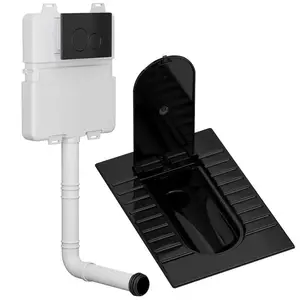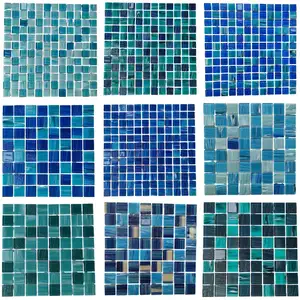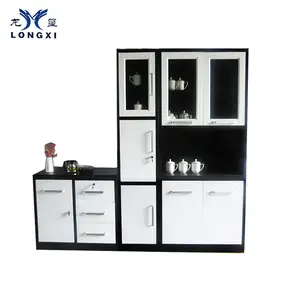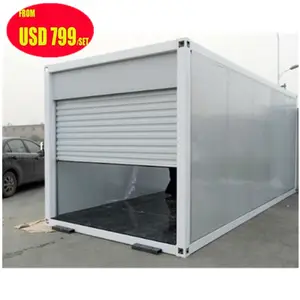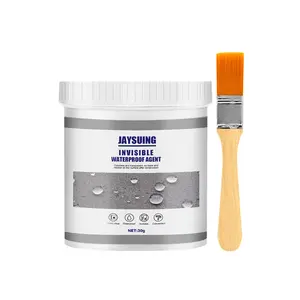Popular in your industry






















































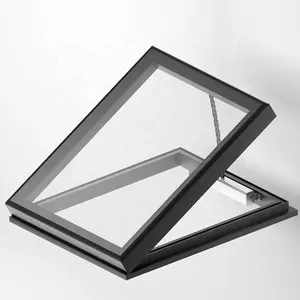

















Related Searches:


































































































































































Top categories
About skylight replacement windows
Introduction
Skylights, the windows to the sky, are a transformative addition to any home, offering not just aesthetic appeal but also a host of practical benefits. This comprehensive guide will illuminate the importance of skylights, the signs that indicate a need for replacement, the various types of skylight replacement windows, and how to choose the right one for your home. We'll also delve into the process of skylight replacement, from pre-installation considerations to post-installation care, and provide an overview of the costs involved. Let's embark on this journey to revitalize your home with the ultimate guide to skylight replacement windows.
Understanding the Importance of Skylights
Skylights are more than just an aesthetic addition to your home. They provide real value and numerous benefits. The introduction of a skylight can enhance your space by increasing the amount of natural light, balancing light patterns in rooms, and offering sustainable lighting solutions. Skylights also aid in ventilation, expelling hot air and allowing fresh air to circulate in your home. They can contribute to energy savings by reducing the need for electric lights and providing solar heating. Furthermore, skylights can increase the resale value of your home, provide health benefits, and maintain privacy.
When to Consider Skylight Replacement
Skylights, while offering numerous benefits, require upkeep and may need replacement over time. Key signs indicating the need for skylight replacement include staining, discoloration, roof problems, cracks, condensation, and age. Staining and discoloration can compromise the aesthetic and functional value of skylights. Roof issues can affect the skylight's integrity, while cracks, even minor ones, can worsen over time. Condensation is an early warning sign of sealant failure, and skylights typically need replacement after about 10 years.
Types of Skylight Replacement Windows
Skylight replacement windows come in various types, each offering unique benefits. Fixed skylights are non-opening windows that provide light and scenic views, ideal for high ceilings. Vented skylights can be manually or electronically opened, offering moisture control, making them suitable for bathrooms and kitchens. Tubular or solar skylights are long tubes that catch and reflect light into the home, perfect for small spaces. They can have dimmers, exhaust fans, and UV filters. The choice between deck-mounted and curb-mounted skylights impacts the final look and installation process. Deck-mounted skylights sit flush with the roof, while curb-mounted skylights are elevated above the roof face.
Choosing the Right Skylight Replacement Window for Your Home
Choosing the right skylight replacement window involves considering several factors. The type of skylight is crucial, with options including fixed, ventilated, and tubular, each suited to different applications. The glazing and frame materials also matter, as they affect the skylight's insulation and durability. The shape of the skylight influences how light enters the room. Additional features, such as moisture sensors in ventilated skylights, can add convenience. Lastly, consider the skylight's U-value, which measures heat flow resistance. A lower U-value indicates better heat-flow resistance.
The Process of Skylight Replacement
Skylight replacement is a straightforward process that typically takes a few hours. The installer removes the existing skylight and replaces it with a new one, also replacing the flashing around it. Sometimes, interior finishing work, such as repainting and trimming out the top of the light well, is necessary. By upgrading to the latest skylight model, you'll enjoy improved energy efficiency, clear and bright natural light, and the benefit of fresh air ventilation for years to come.
Pre-Installation Considerations
Before installing a skylight, it's crucial to review your home's structure and match it with the characteristics of various skylights. An experienced contractor can help identify the ideal location for the new skylight and match it with your roof's style. The skylight's position should also align with any objects hanging from the ceiling. Familiarize yourself with the three types of skylights - fixed, vented, or tubular - and their pros and cons. This knowledge will aid in making an informed decision about the type of skylight that best suits your home.
Installation Process
The installation process of a skylight replacement window involves several steps. Initially, an opening is cut into the roof, followed by flashing the sill. The skylight is then placed and sealed on the sides. The bottom edge is sill-flashed, and the sides are step-flashed. Counterflashing is applied to the sides to seal out wind-driven rain and snow. Finally, the saddle flashing is installed. It's crucial to follow these steps meticulously to ensure a watertight installation.
Post-Installation Care and Maintenance
After installing your skylight replacement windows, it's crucial to maintain them properly. Skylights, for instance, are easy to clean both inside and outside. For a crystal-clear view, use soft water or a nonabrasive cleaner with a soft, lint-free cloth. If your skylight appears cloudy or foggy, it might be due to interior condensation, suggesting you need to open your skylight more often for ventilation. Exterior cleaning should be done periodically, and professional cleaning is recommended every two to three years. Remember to clean around skylights where the flashing is installed to ensure rainwater flows freely.
Understanding the Costs of Skylight Replacement
Skylight replacement costs vary based on size, shape, type, and labor involved. The average cost ranges from $1,019 to $3,000, including materials and installation. The size and type of the skylight significantly impact the cost. For instance, fixed skylights are the least expensive, while vented skylights that open for ventilation are pricier. Labor costs also depend on the type of skylight and roof, with costs starting around $300 for a tubular skylight. Additional factors affecting cost include brand, materials, mounting style, permits, and extra features.
Conclusion
Skylight replacement windows are a valuable investment, enhancing your home's aesthetic appeal, energy efficiency, and resale value. Understanding the importance of skylights, recognizing when replacement is necessary, and being aware of the different types available are key to making an informed decision. The process of skylight replacement, while straightforward, requires careful consideration of various factors, from the type of skylight to the home's structure. Proper post-installation care ensures the longevity of your skylight, providing you with years of natural light and ventilation. While the costs can vary, the benefits of skylight replacement windows undoubtedly outweigh the investment. So, revitalize your home today with a skylight replacement window that suits your needs and preferences.
